P-Alaxin Tablet is an advanced antimalarial medication combining dihydroartemisinin and piperaquine. This WHO-endorsed formulation effectively overcomes resistance mechanisms developed by malarial parasites, making it an invaluable treatment option for acute, uncomplicated malaria.
Uses
P-Alaxin is primarily used for the treatment of acute, uncomplicated malaria caused by Plasmodium falciparum and other Plasmodium species. It is effective against both drug-sensitive and drug-resistant strains of malaria parasites.
Benefits
- Effective against all types of malaria, including drug-resistant strains
- Fast-acting relief with rapid reduction in parasite load
- Once-daily dosing for improved patient compliance
- WHO-recommended, meeting international standards
- Suitable for areas with high malaria resistance
- Dual-action mechanism for complete treatment
- Prevents recrudescence and new infections
- High cure rates in clinical studies
How It Works
P-Alaxin works through a dual-action approach. Dihydroartemisinin rapidly reduces the parasite population in the blood by generating free radicals that damage parasite proteins. Piperaquine provides a long-acting effect to prevent recrudescence and new infections. This combination effectively bypasses resistance mechanisms developed by malarial parasites.
Duration of Action
The antimalarial effect begins within hours of the first dose. Dihydroartemisinin has a rapid onset of action, clearing most parasites within 48 hours. Piperaquine has a long half-life of approximately 22 days, providing extended protection against recurrence.
Dosage
| Weight (kg) | Tablets Per Day | Treatment Duration |
|---|---|---|
| 5-8 kg | ¼ tablet | Once daily for 3 days |
| 9-14 kg | ½ tablet | Once daily for 3 days |
| 15-24 kg | 1 tablet | Once daily for 3 days |
| 25-35 kg | 2 tablets | Once daily for 3 days |
| 36-60 kg | 3 tablets | Once daily for 3 days |
| >60 kg | 4 tablets | Once daily for 3 days |
Warnings
P-Alaxin may cause dizziness or fatigue; use caution when driving or operating machinery. Inform your doctor if you have a history of heart problems, as P-Alaxin can affect heart rhythm. Do not use in patients with severe liver or kidney disease without close medical supervision. The medication may interact with other drugs, particularly those affecting heart rhythm.
Side Effects
Common side effects include headache, dizziness, nausea, vomiting, loss of appetite, stomach pain, and fatigue. Less common side effects include heart rhythm changes, skin rash, itching, and mild liver function abnormalities. Most side effects are mild and resolve without intervention.
Pregnancy and Breastfeeding
P-Alaxin should not be used during the first trimester of pregnancy unless clearly necessary and prescribed by a healthcare provider. Limited data exists on use during later pregnancy. The medication passes into breast milk, so caution is advised for nursing mothers.
Interactions
- QT-prolonging medications (increased risk of heart rhythm disturbances)
- Antacids containing magnesium or aluminum (reduced absorption)
- Strong CYP3A4 inhibitors (increased blood levels)
- Antiretroviral medications (potential decreased efficacy)
- Anticonvulsants (reduced antimalarial effectiveness)
- Grapefruit juice (may increase drug concentration)
- Other antimalarials (potential additive cardiac effects)
Precautions
Take P-Alaxin exactly as prescribed. Complete the full three-day course even if symptoms improve. Take tablets with water, preferably at the same time each day. Can be taken with or without food, though taking with food may reduce stomach upset. If you miss a dose, take it as soon as you remember and continue the regular schedule. Do not double the dose to make up for a missed one.
Important Information
P-Alaxin is not recommended for malaria prevention. Store at room temperature away from moisture and heat. Seek medical attention if symptoms do not improve or worsen after starting treatment. Follow up with your healthcare provider after treatment to ensure complete parasite clearance. Report any unusual side effects promptly.
Product Image Highlights


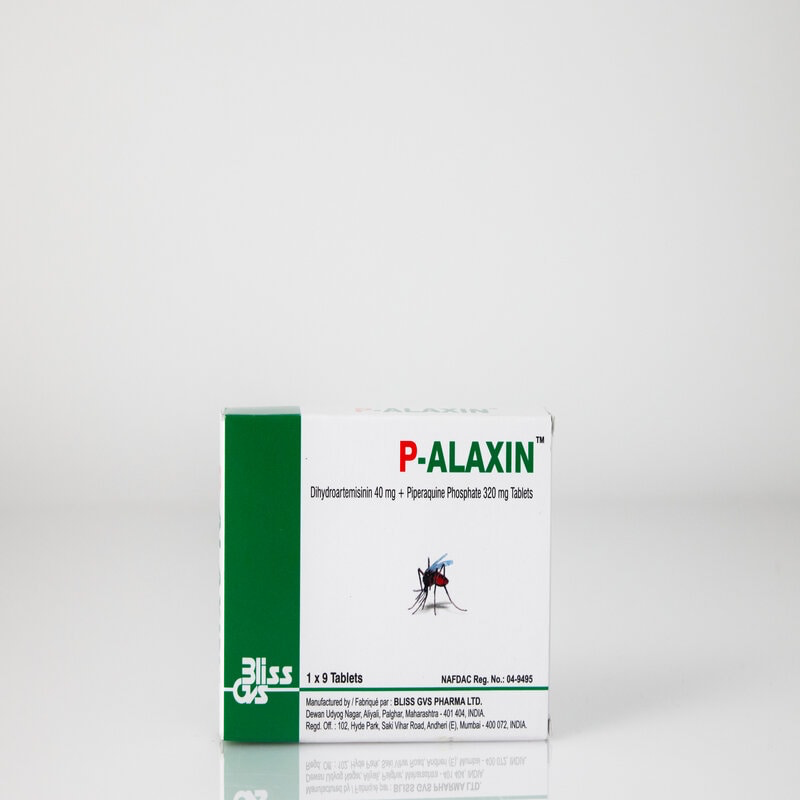

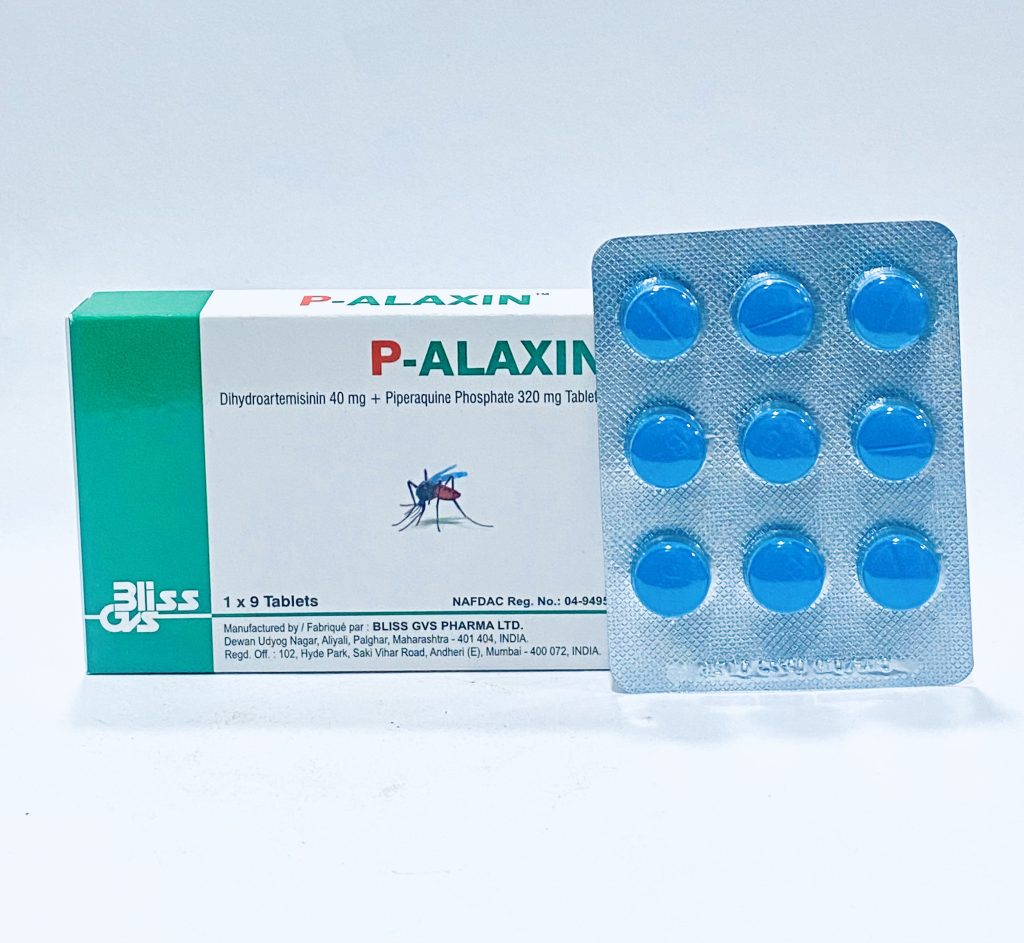
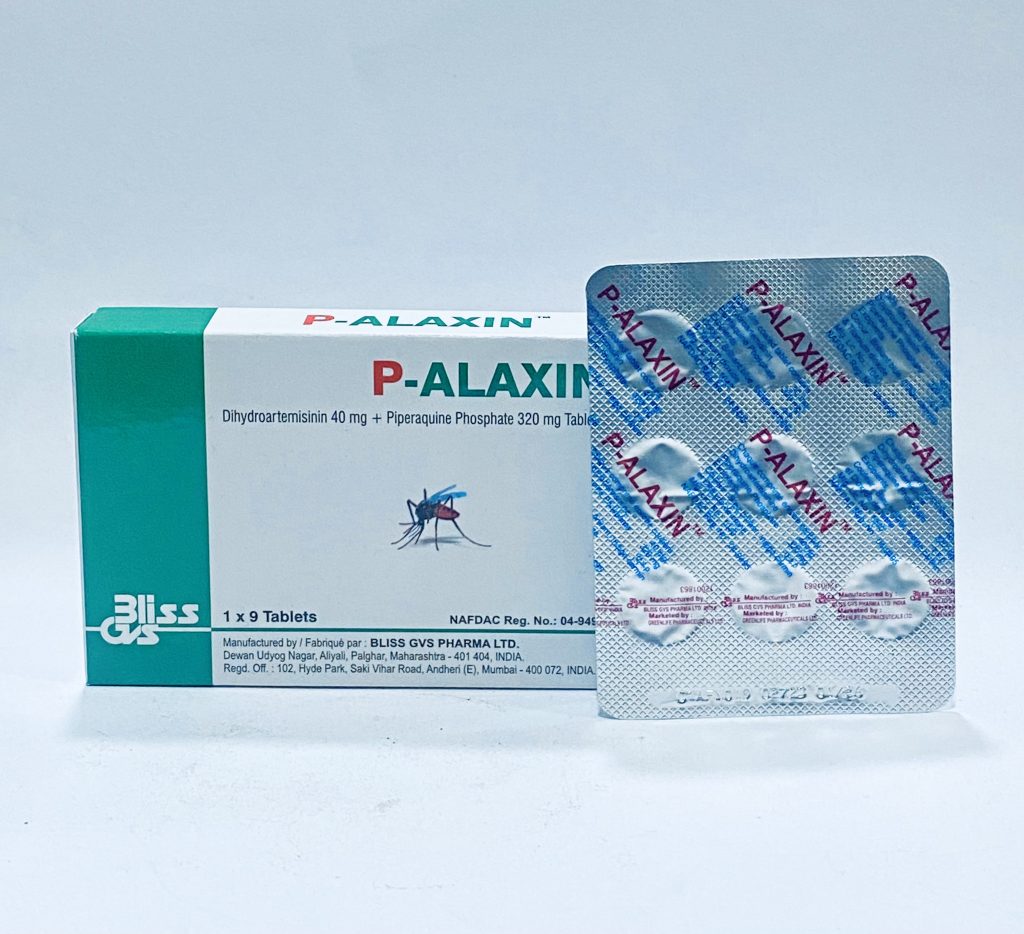
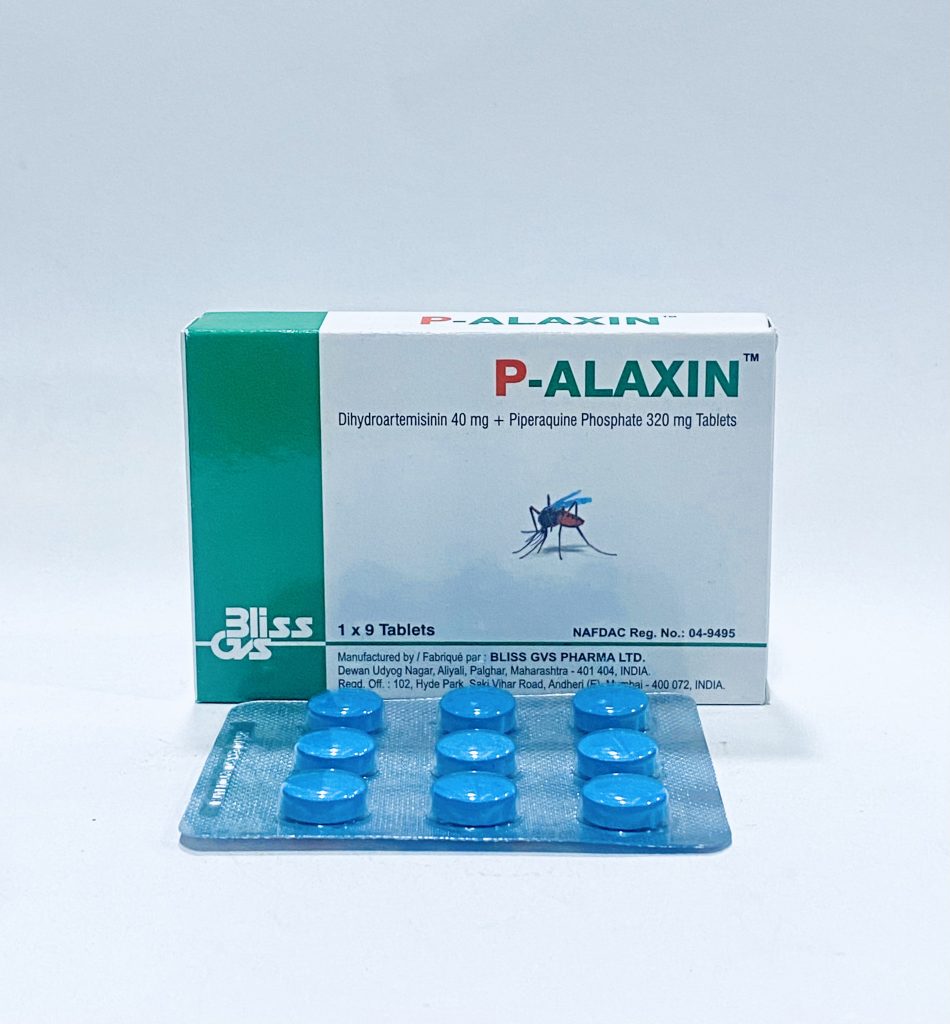
Customer questions & answers
-
Can a breastfeeding mother take p- Alaxin
-
Q Can a breastfeeding mother take p- Alaxin answer nowAsked by Lovelyn on February 13, 2025 7:41 pmA
Hello Lovelyn,
For a breastfeeding mother, P-Alaxin should be used with caution. While there is limited data on its effects in breast milk, dihydroartemisinin and piperaquine can pass into breast milk, and their safety for infants has not been fully established.
It’s best to consult a doctor before taking P-Alaxin while breastfeeding to ensure it’s safe for both mother and baby.
As an adult, can I take my p-alaxin in division. Like one in the morning, one in the afternoon and one in the night?
-
Q As an adult, can I take my p-alaxin in division. Like one in the morning, one in the afternoon an...... Read more answer nowAsked by Omowumi on January 16, 2025 7:58 amA
Hello, Omowumi,
It is recommended to take P-Alaxin as prescribed, which usually means 3 tablets taken at once, rather than dividing the dose throughout the day. Taking the full dose at once ensures the medication works effectively to clear the malaria infection. Dividing the dose could reduce its effectiveness. Always follow your healthcare provider's instructions for the best results.
I was given p alaxin 3doses yesternight n this morning I was given another 3doses. Hope I haven't use overdose
-
Q I was given p alaxin 3doses yesternight n this morning I was given another 3doses. Hope I haven't...... Read more answer nowAsked by Omolola Towoju on October 29, 2024 6:27 pmA
Hello Omolola,
The standard dosage for P-Alaxin in adults is typically 3 tablets once daily (a total of 3 tablets within 24 hours). Taking more than this can lead to overdose. Please consult your healthcare provider immediately for further guidance.
A we supposed to use this tablets during two weeks pregnant
-
Q A we supposed to use this tablets during two weeks pregnant answer nowAsked by Namakula Esther on July 19, 2024 11:20 amAnswered by the admin
Dear Namakula Esther,
Thank you for your inquiry.
It is important to exercise caution when considering any medication during pregnancy, especially in the early stages. P-Alaxin Tablet (Dihydroartemisin and Piperaquine) is generally used to treat malaria, but its safety during pregnancy, particularly in the first trimester, is not well-established.
We strongly recommend that you consult your healthcare provider or obstetrician before taking P-Alaxin or any other medication during pregnancy. They can provide personalized advice based on your medical history and the specific circumstances of your pregnancy.
Tailored to Your Needs
-
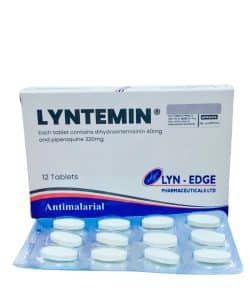 ₦6,500.00Rated 0 out of 5
₦6,500.00Rated 0 out of 5Lyntemin is a tablet that is used to treat malaria....
-
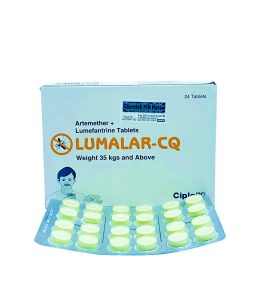 ₦4,500.00Rated 0 out of 5
₦4,500.00Rated 0 out of 5Lumalar-CQ Tablet is used for the treatment of acute uncomplicated...
-
 ₦10,500.00Rated 0 out of 5
₦10,500.00Rated 0 out of 5Synriam Tablet is used for the treatment of acute, uncomplicated...
-
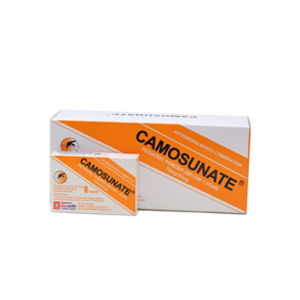 ₦3,000.00Rated 0 out of 5
₦3,000.00Rated 0 out of 5Camosunate Paediatric Powder is used for the treatment of uncomplicated...
Customer reviews
P-Alaxin should typically be taken as a single dose of three tablets at once, rather than dividing the dose throughout the day. Dividi...More
P-Alaxin should typically be taken as a single dose of three tablets at once, rather than dividing the dose throughout the day. Dividing the dose may reduce the effectiveness of the medication. It is important to follow the dosage instructions provided by your healthcare provider or those specified on the medication packaging for the best results.
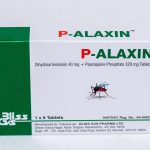


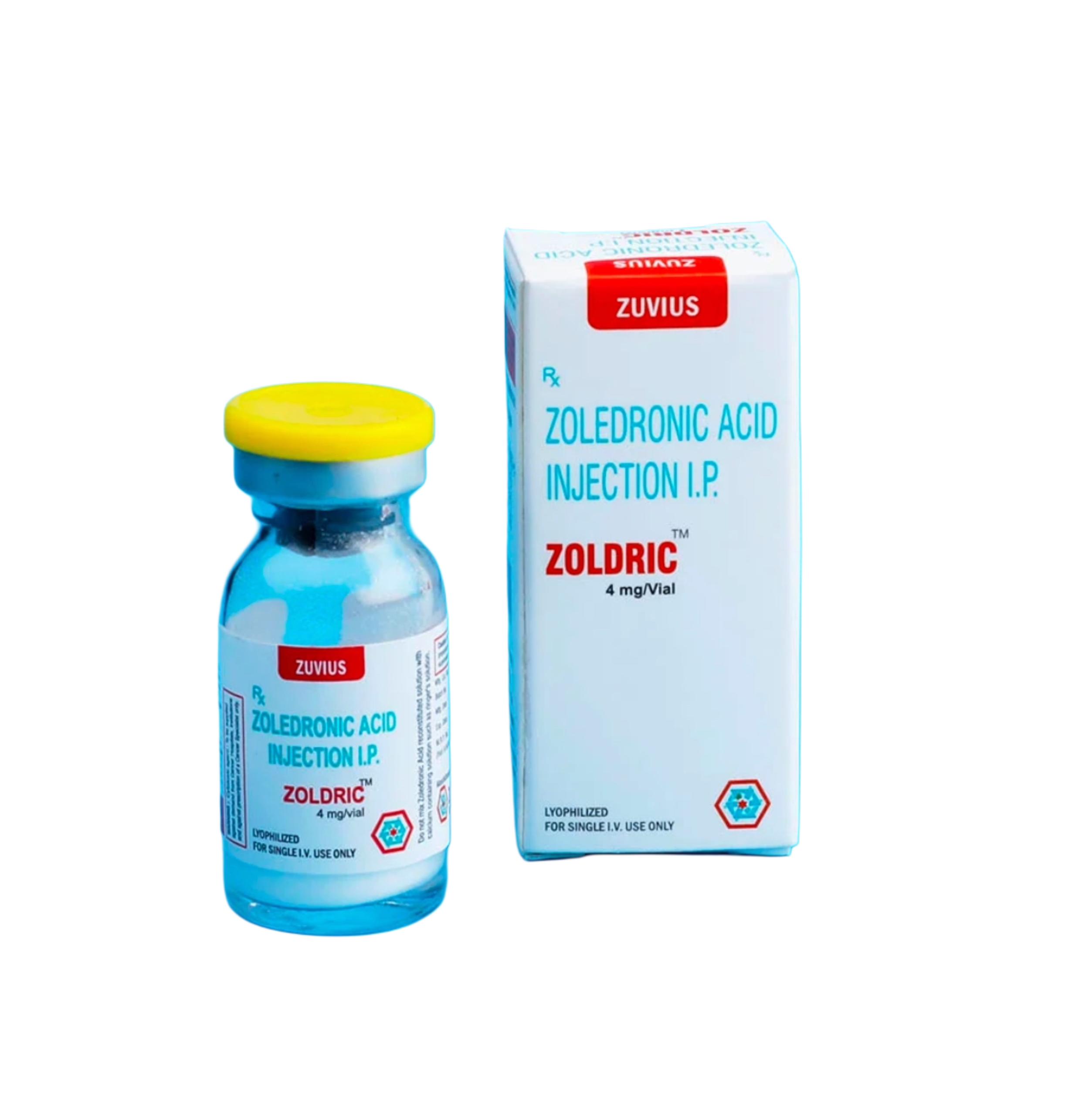
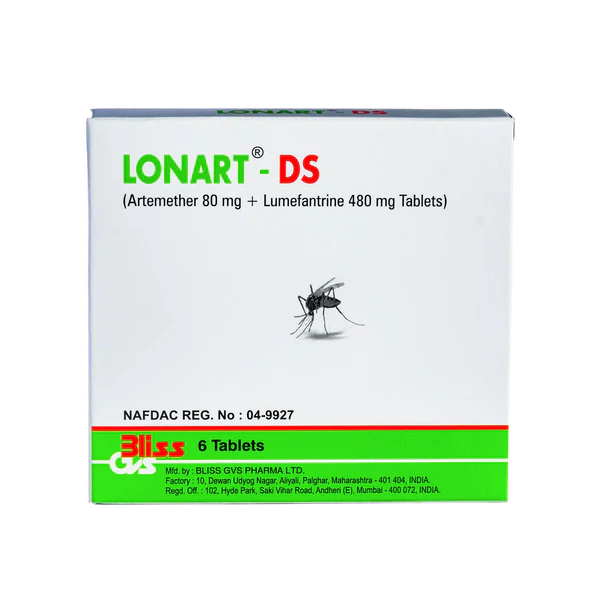
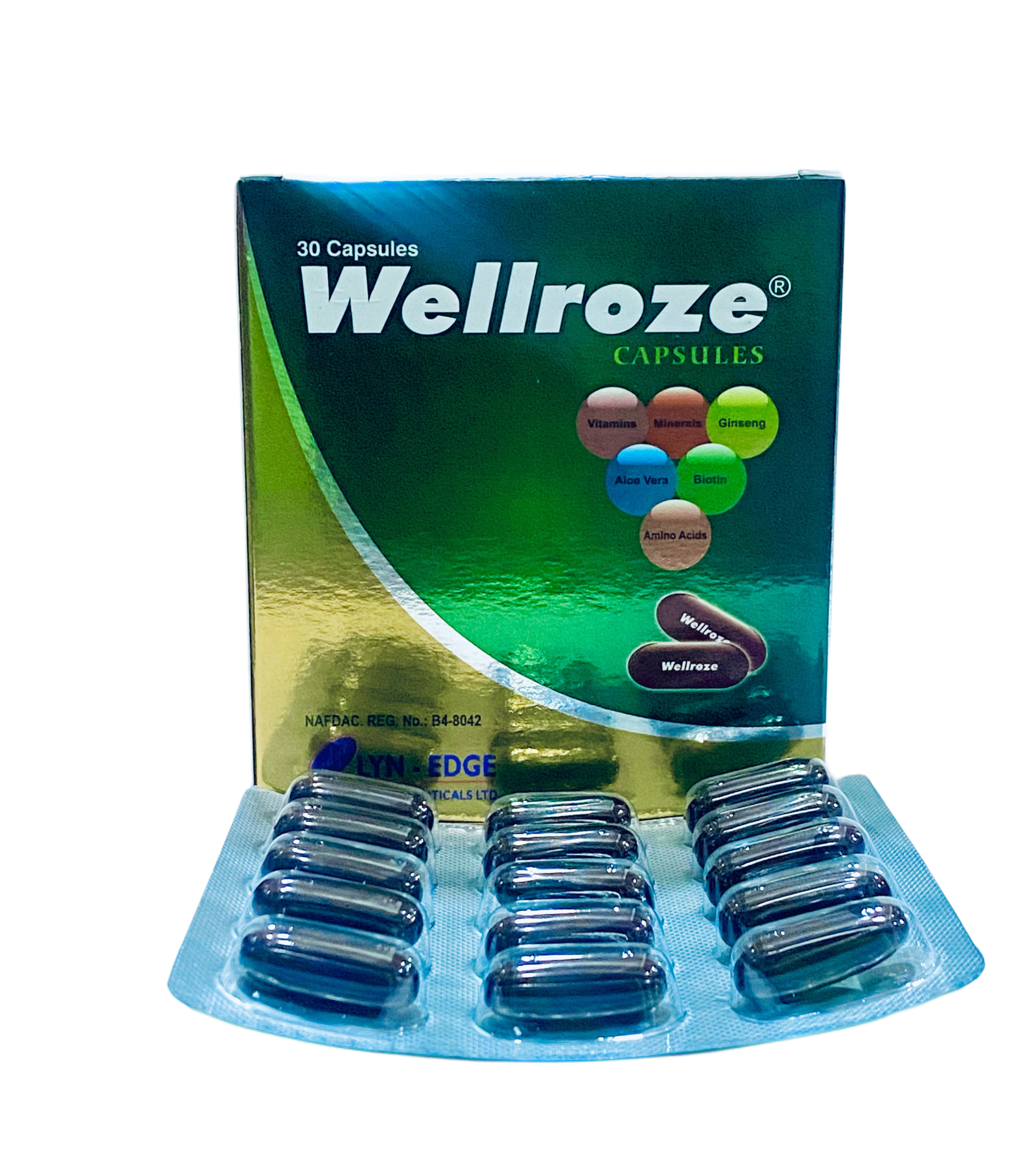
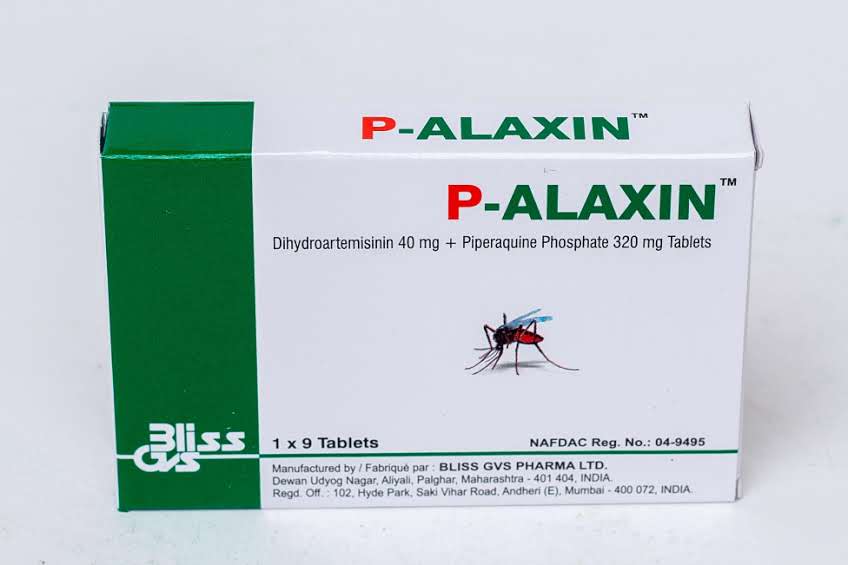
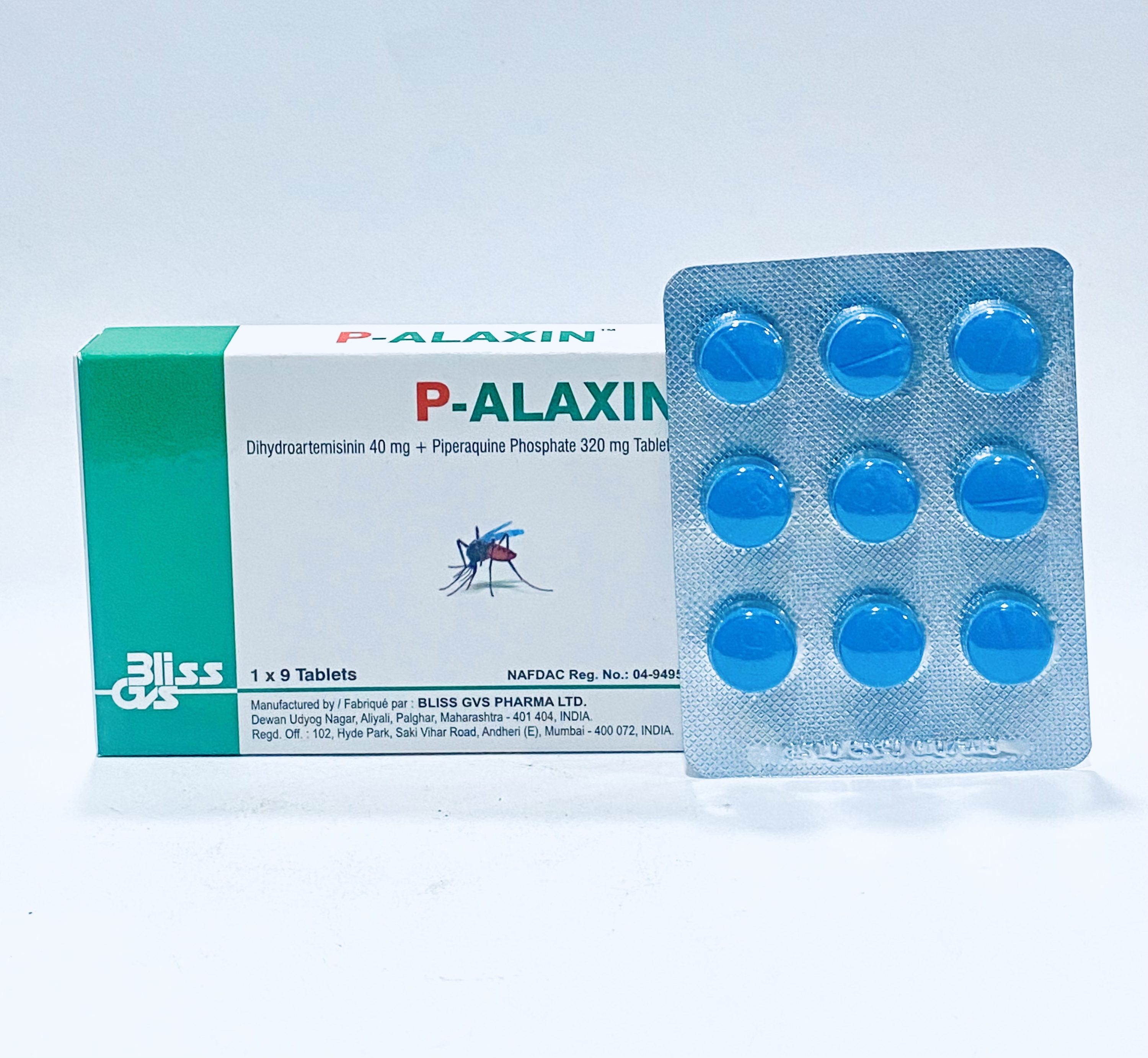
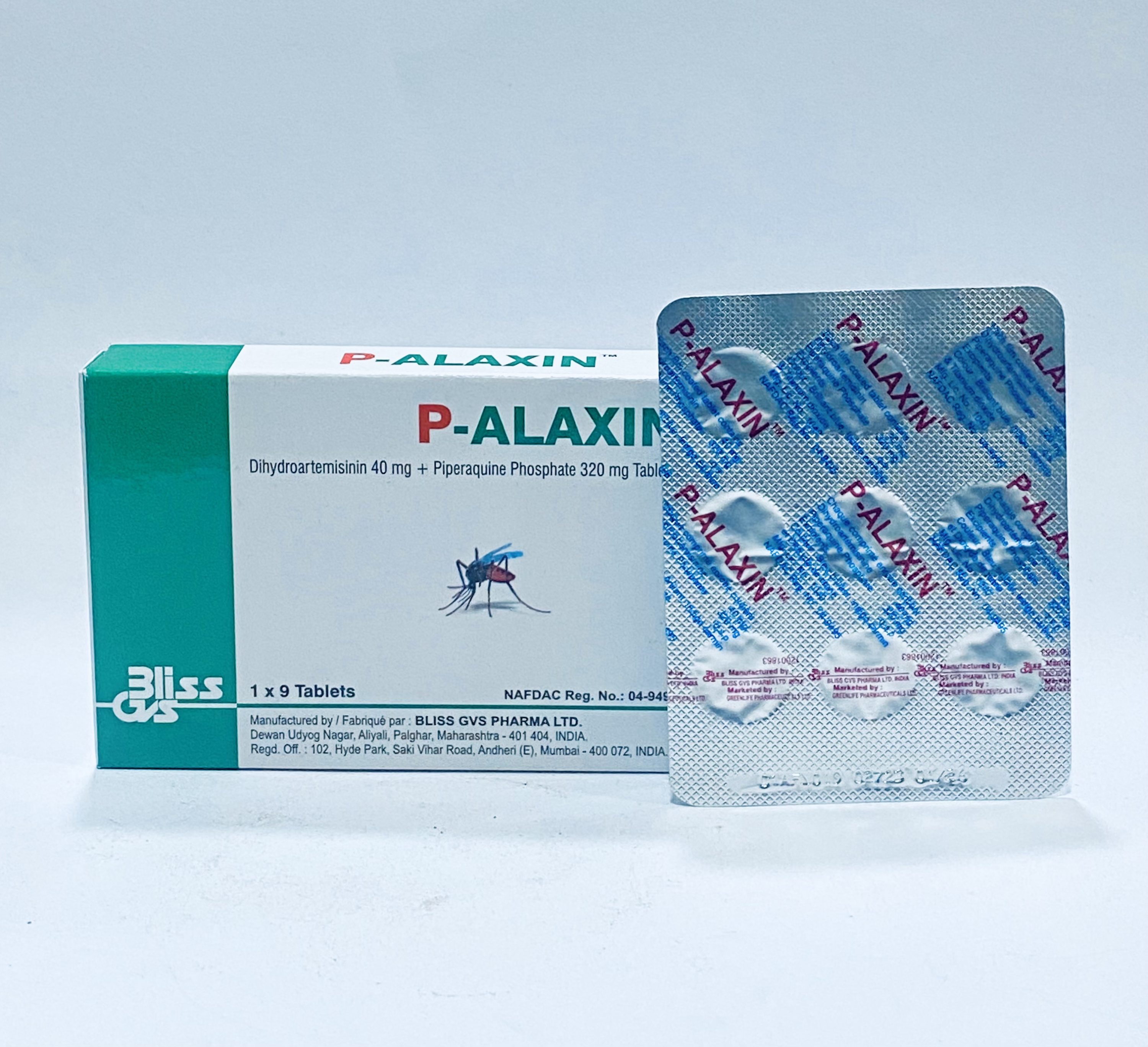
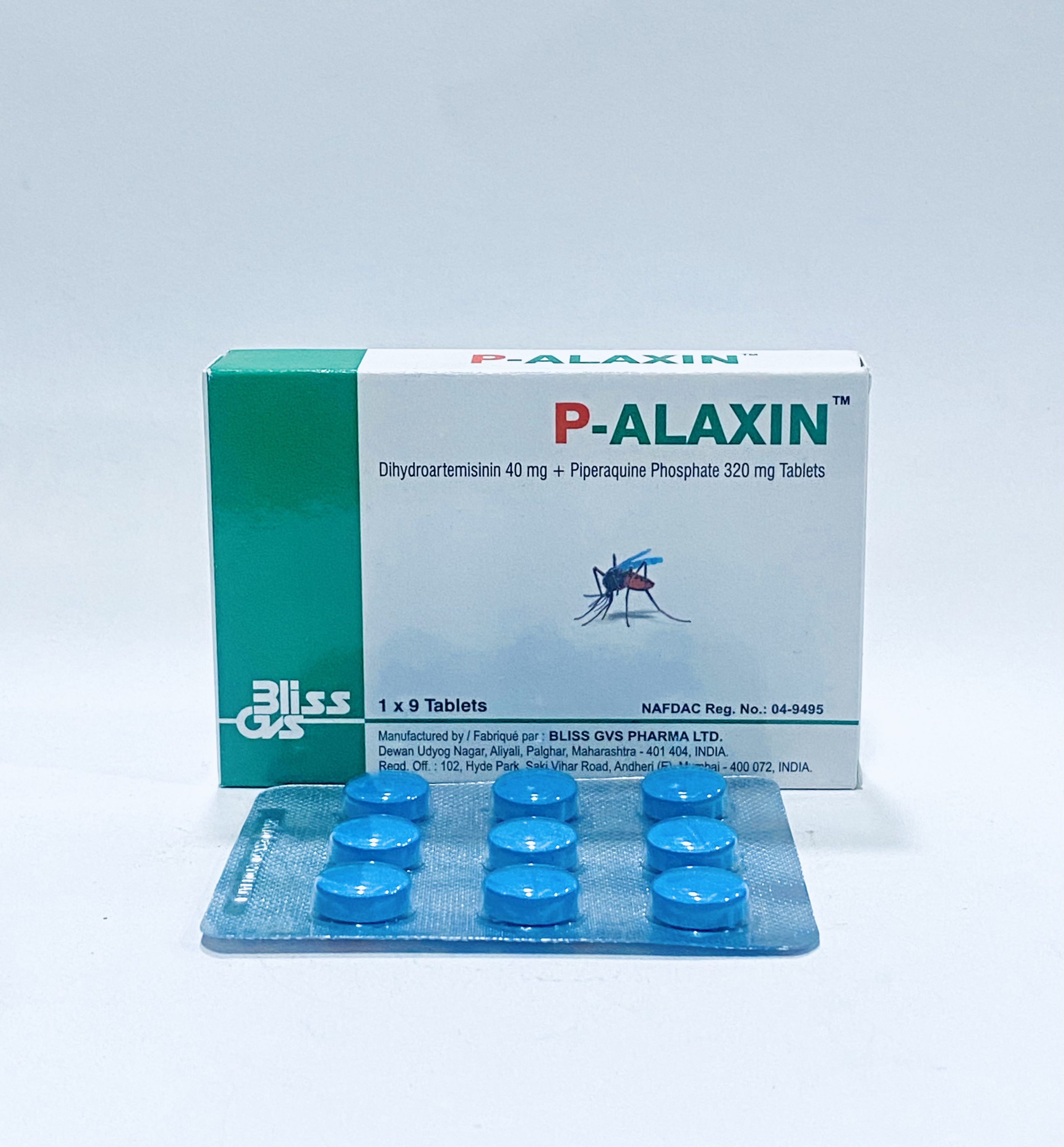


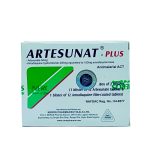
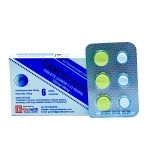
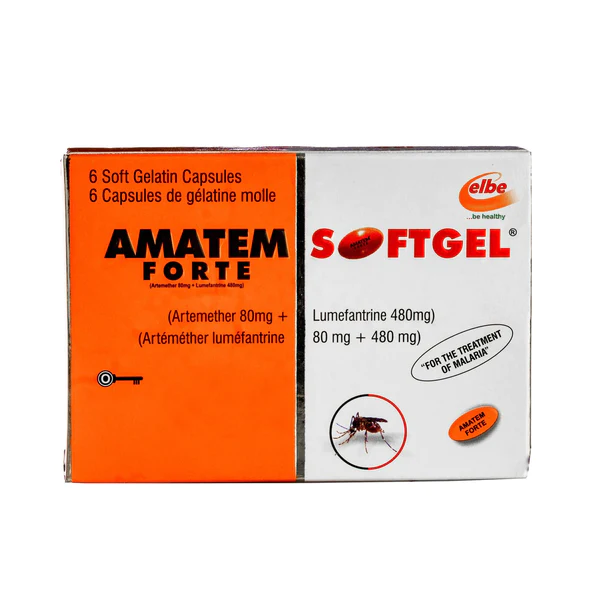

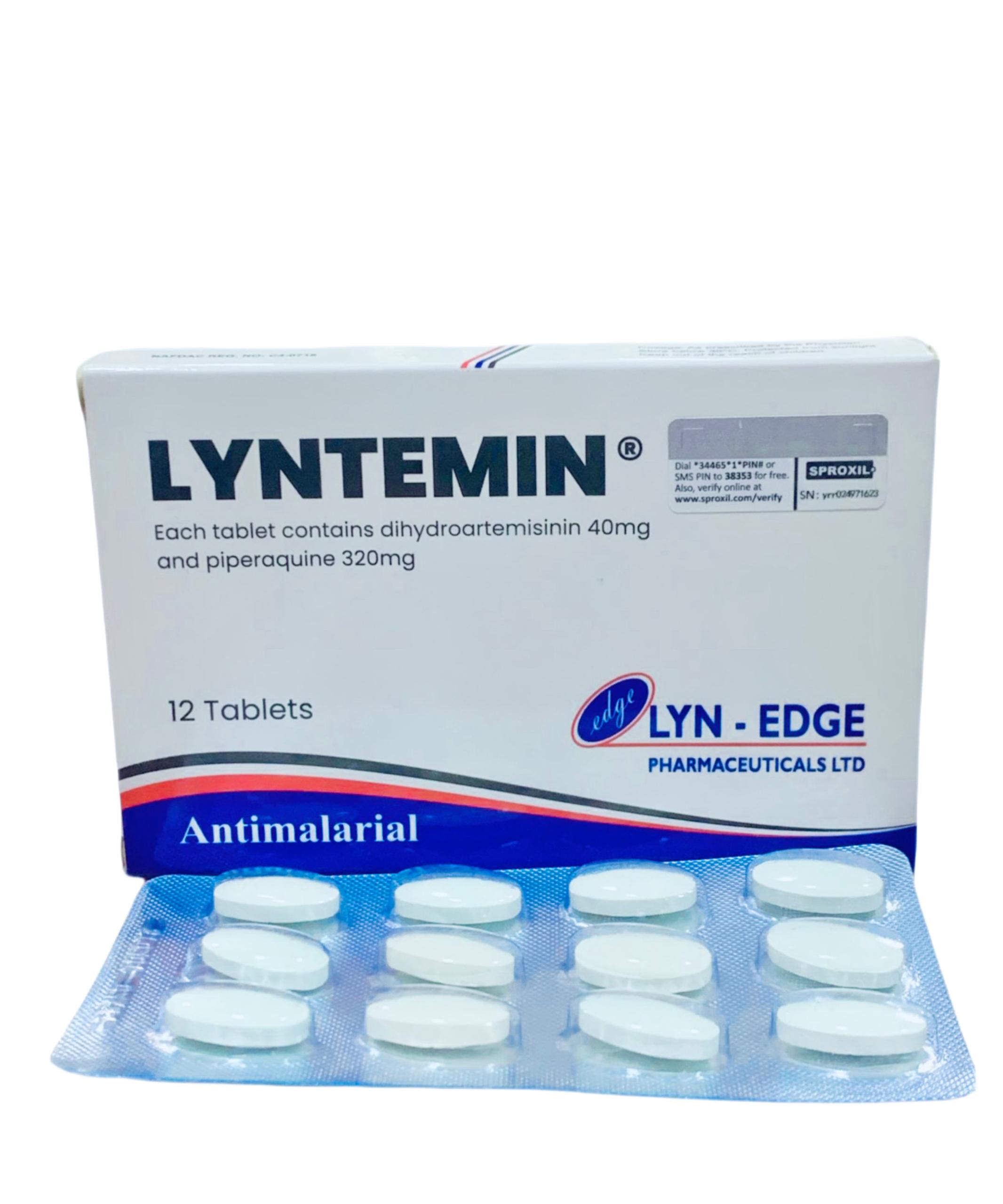
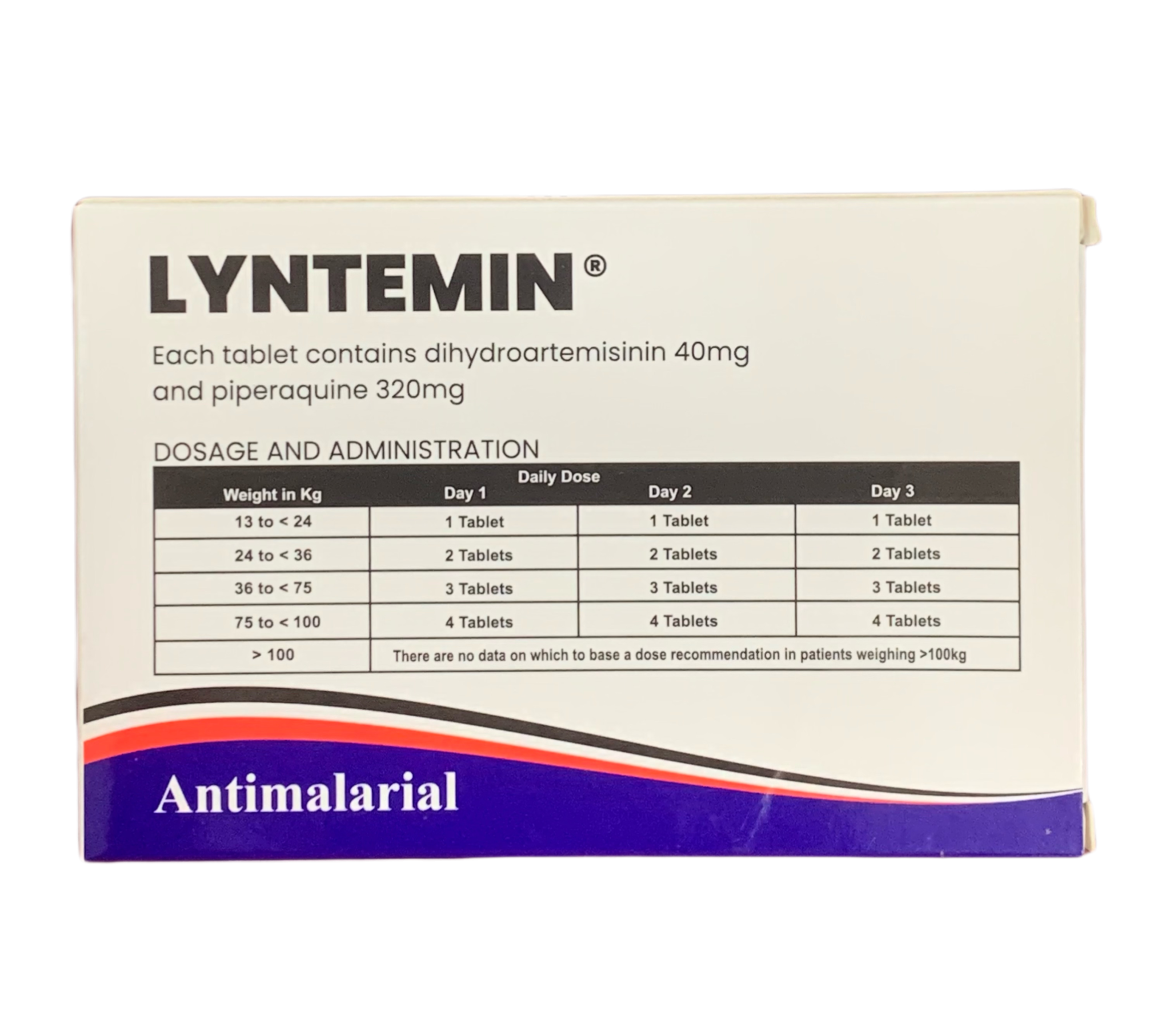

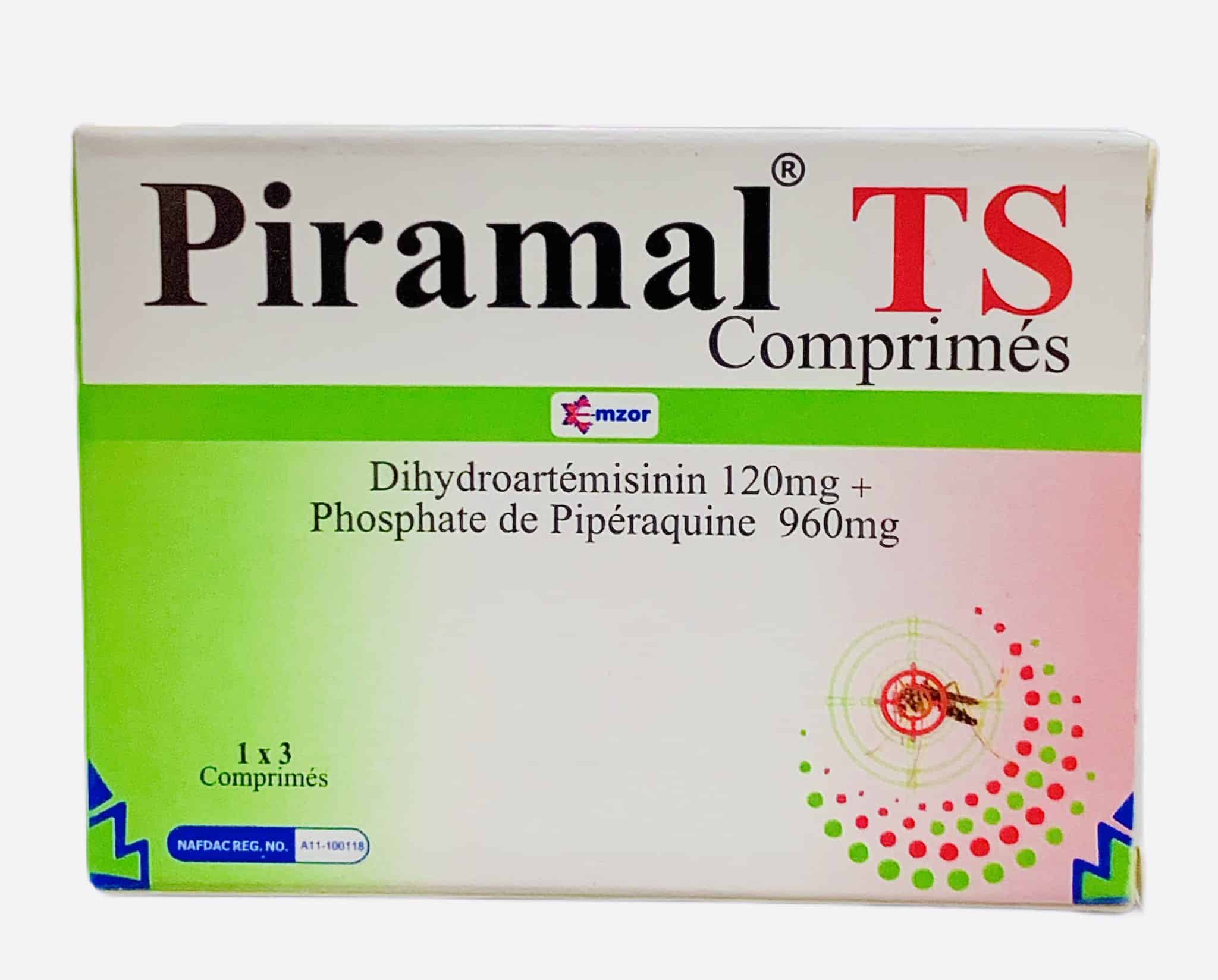
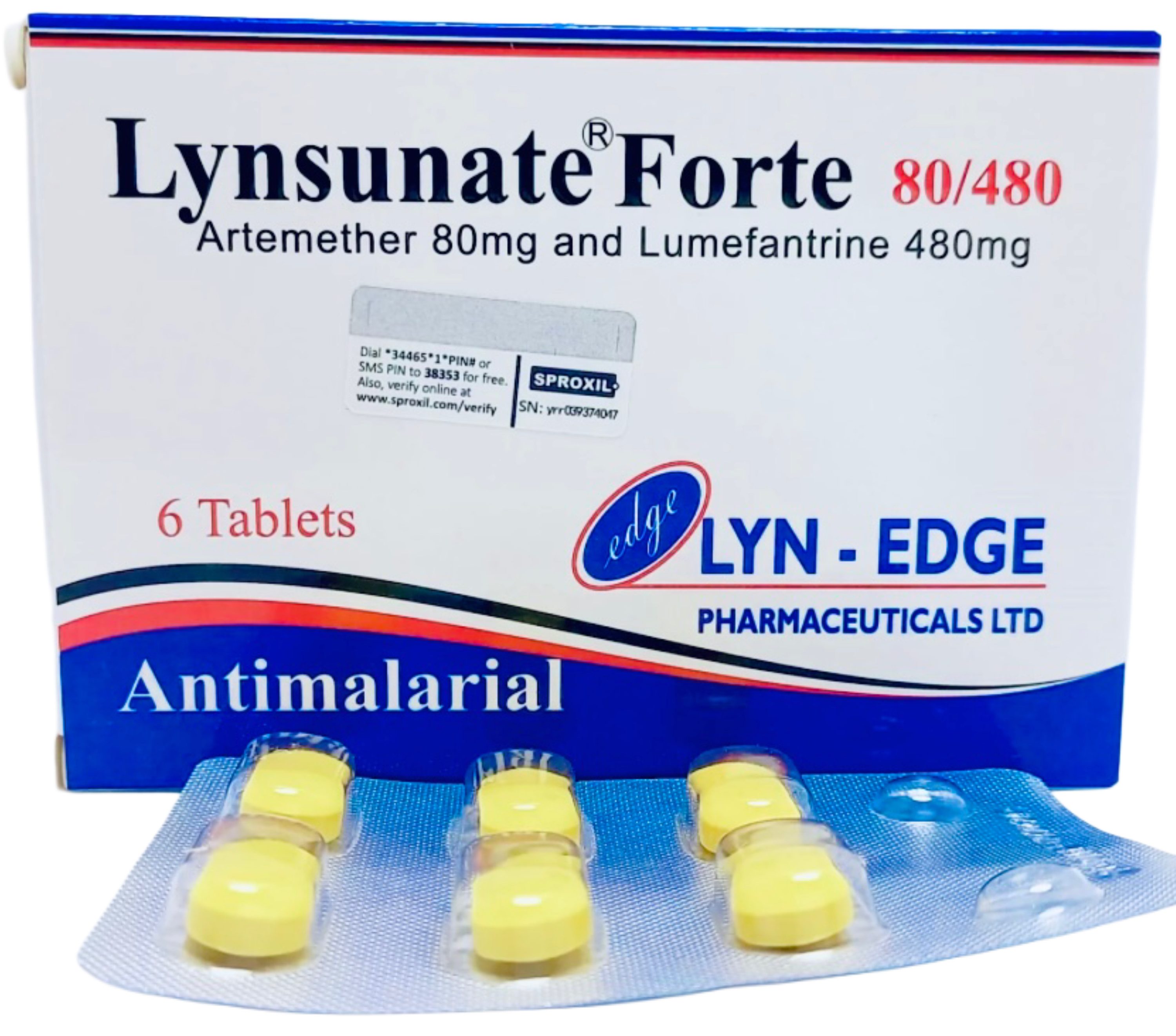


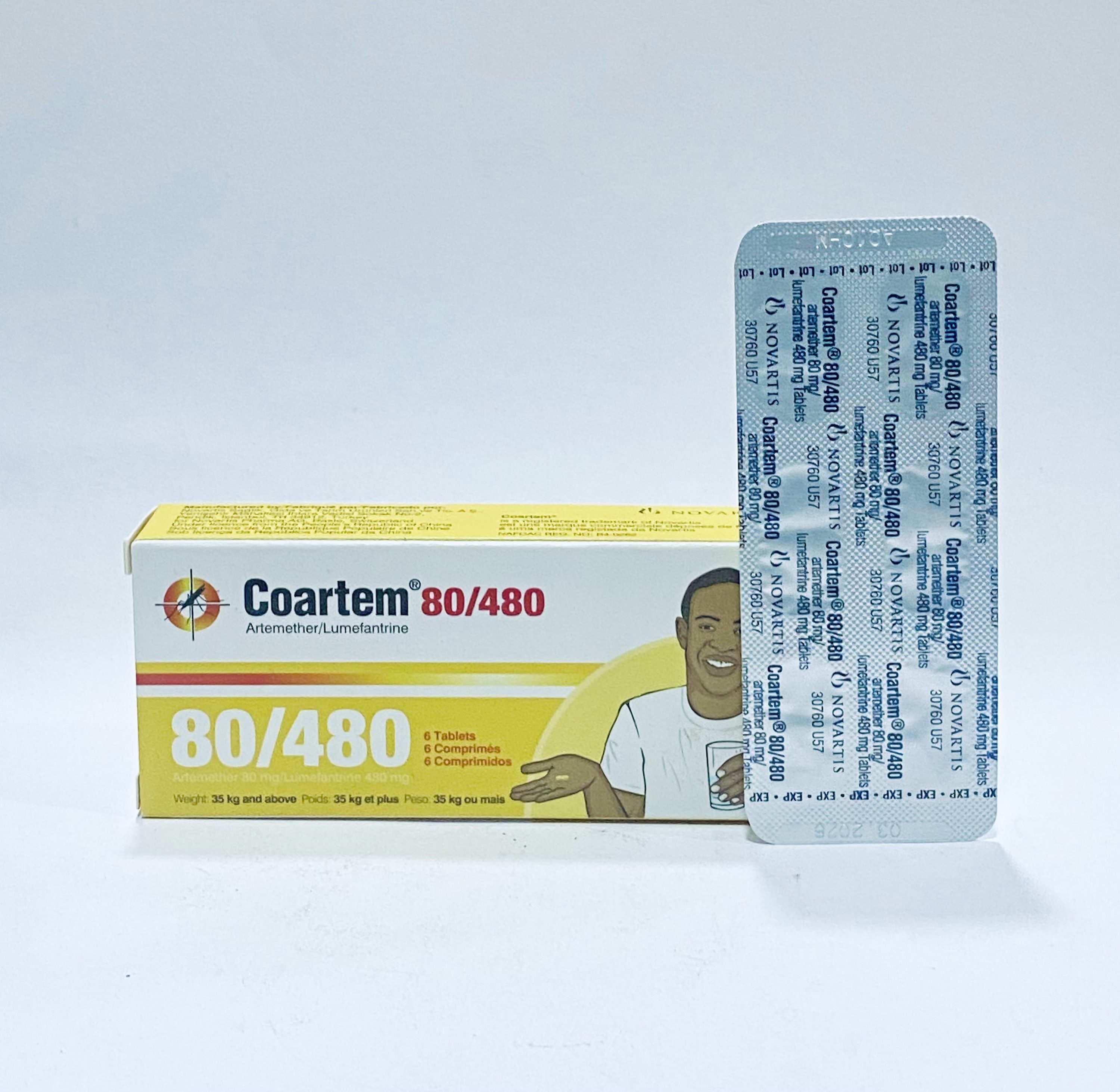
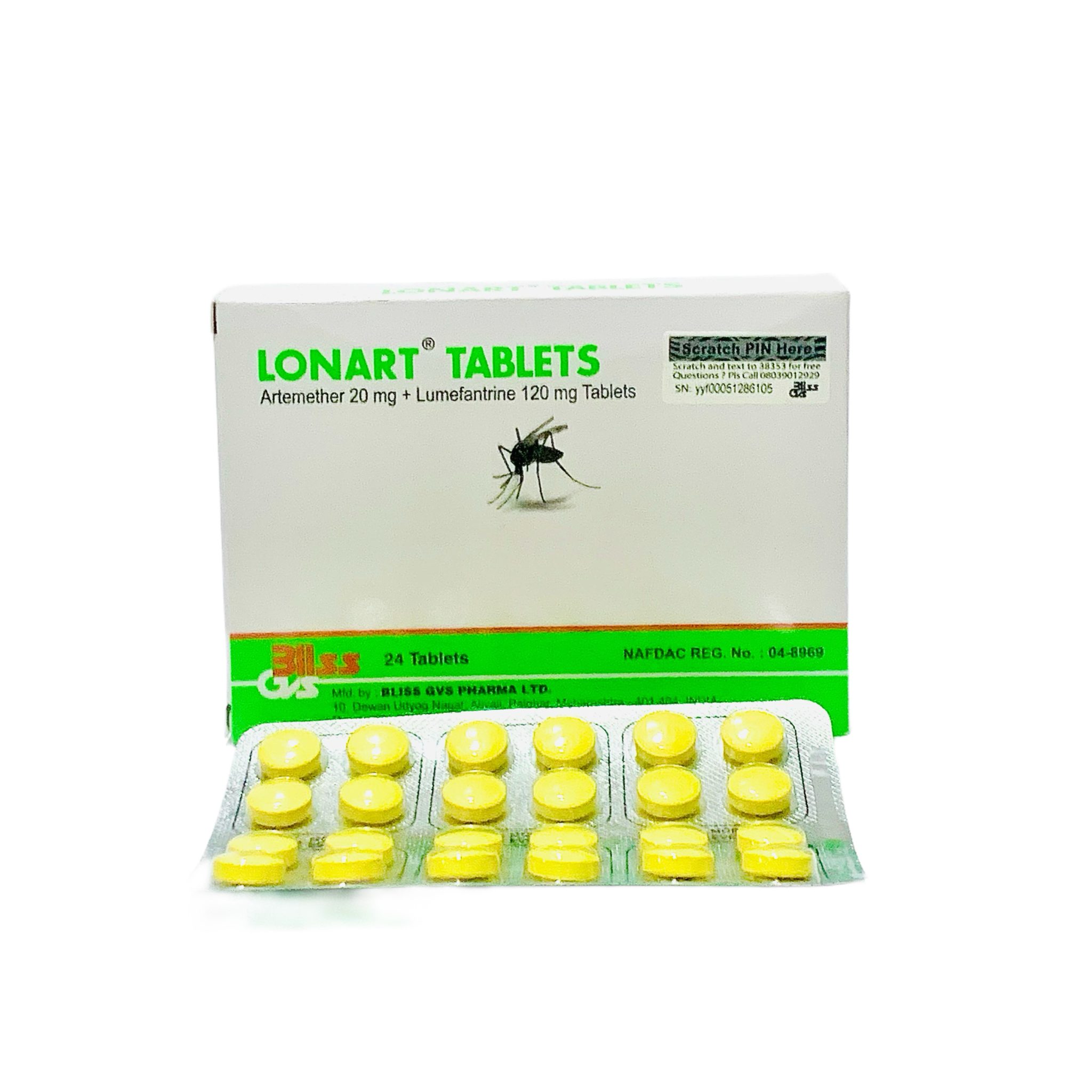
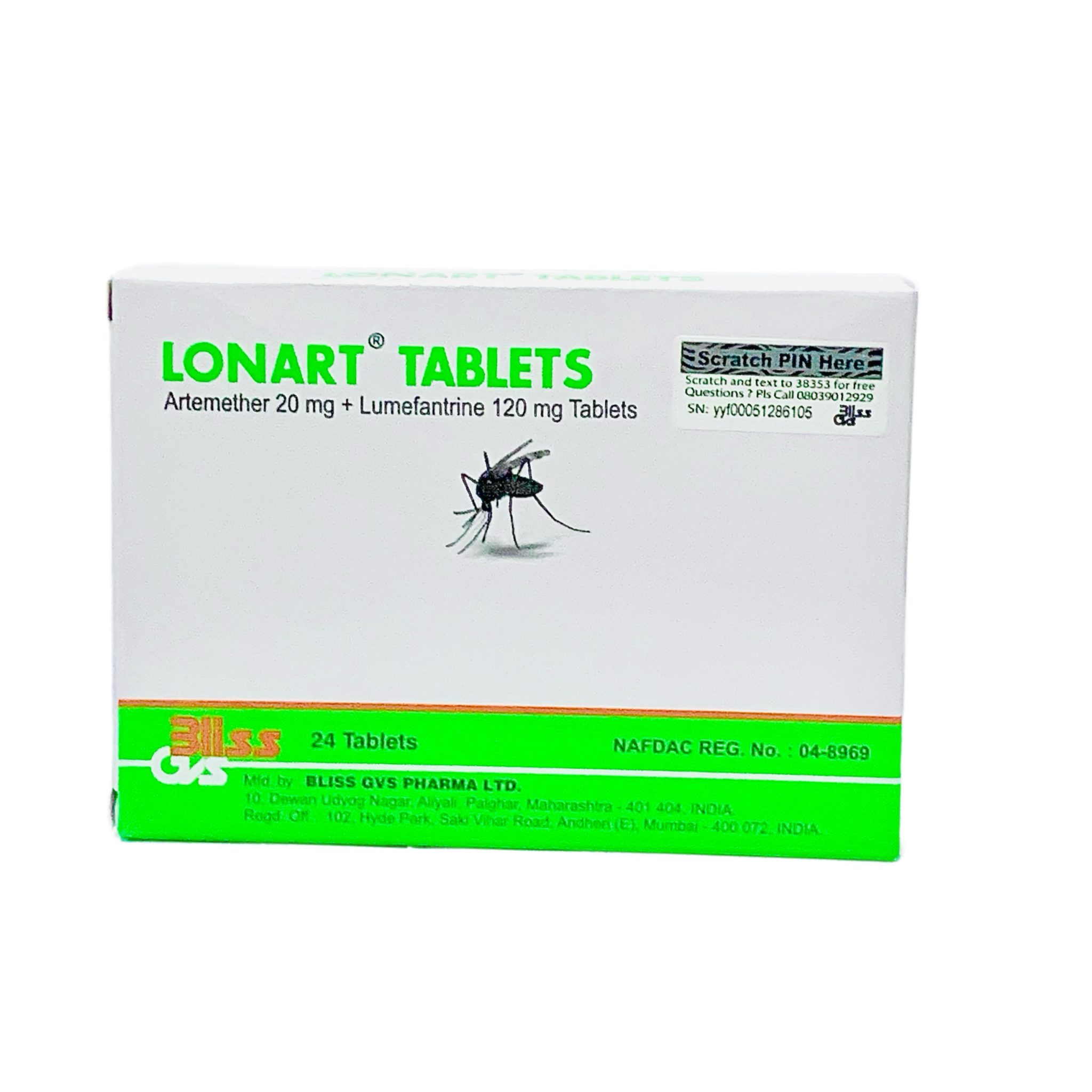
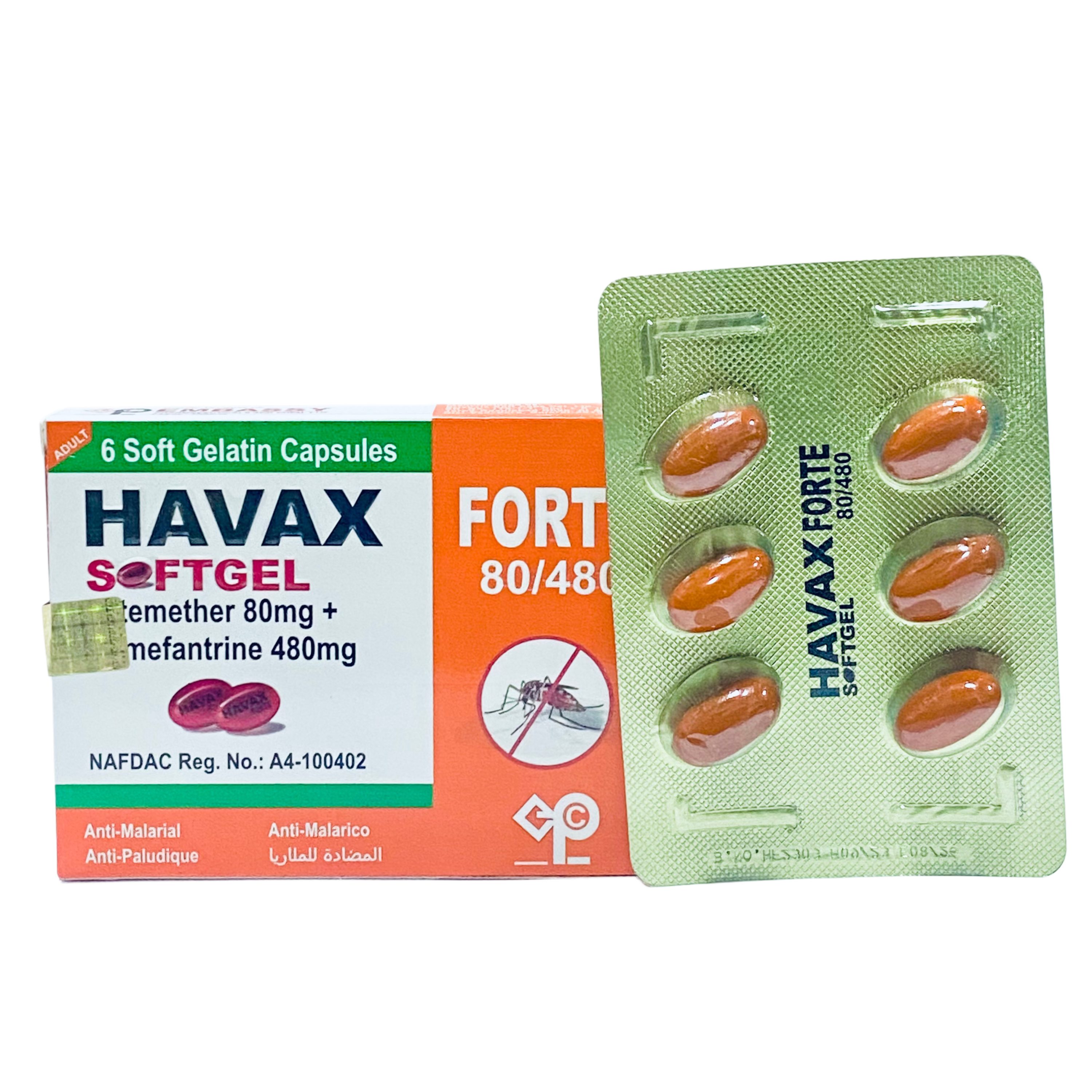
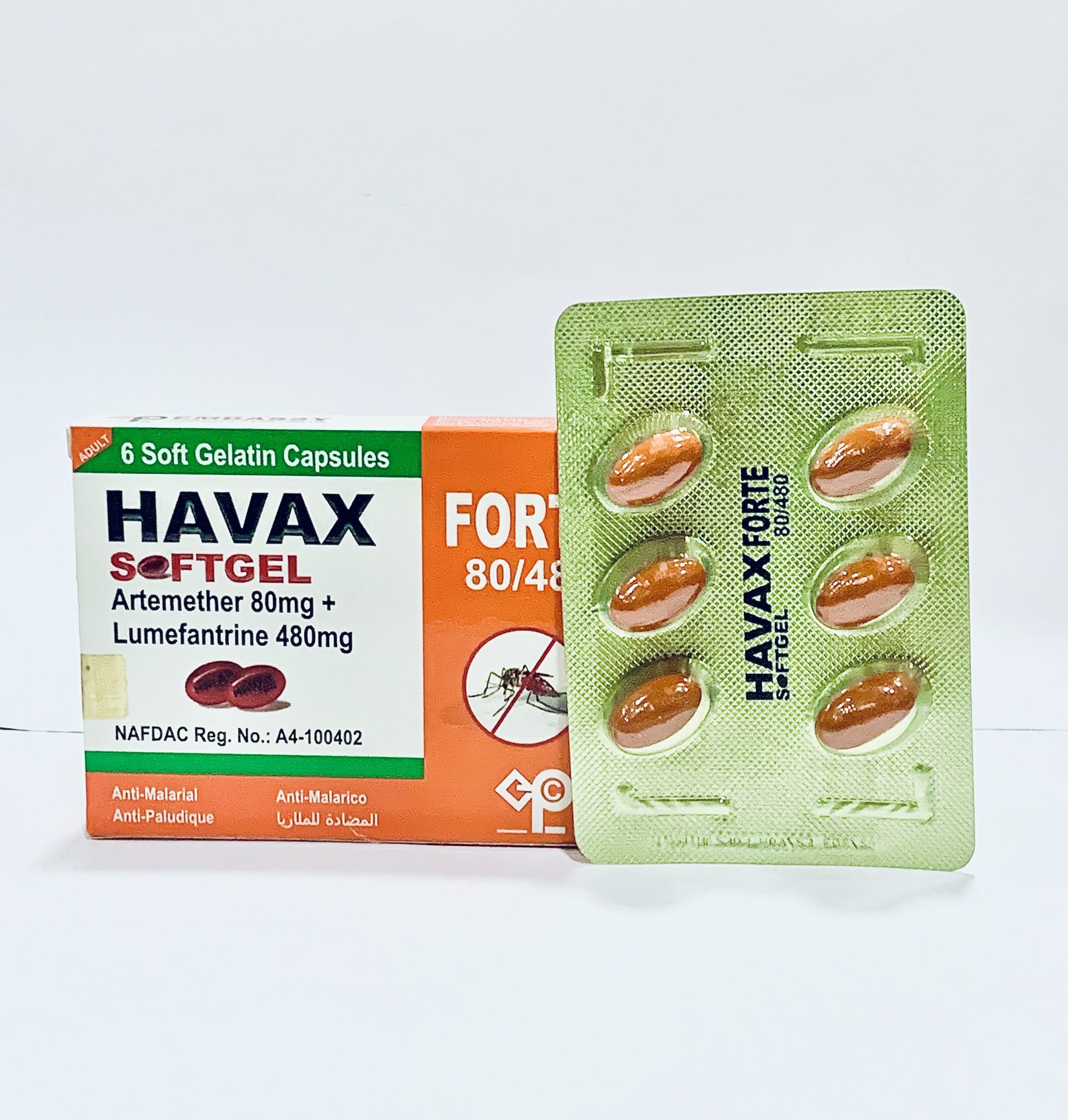
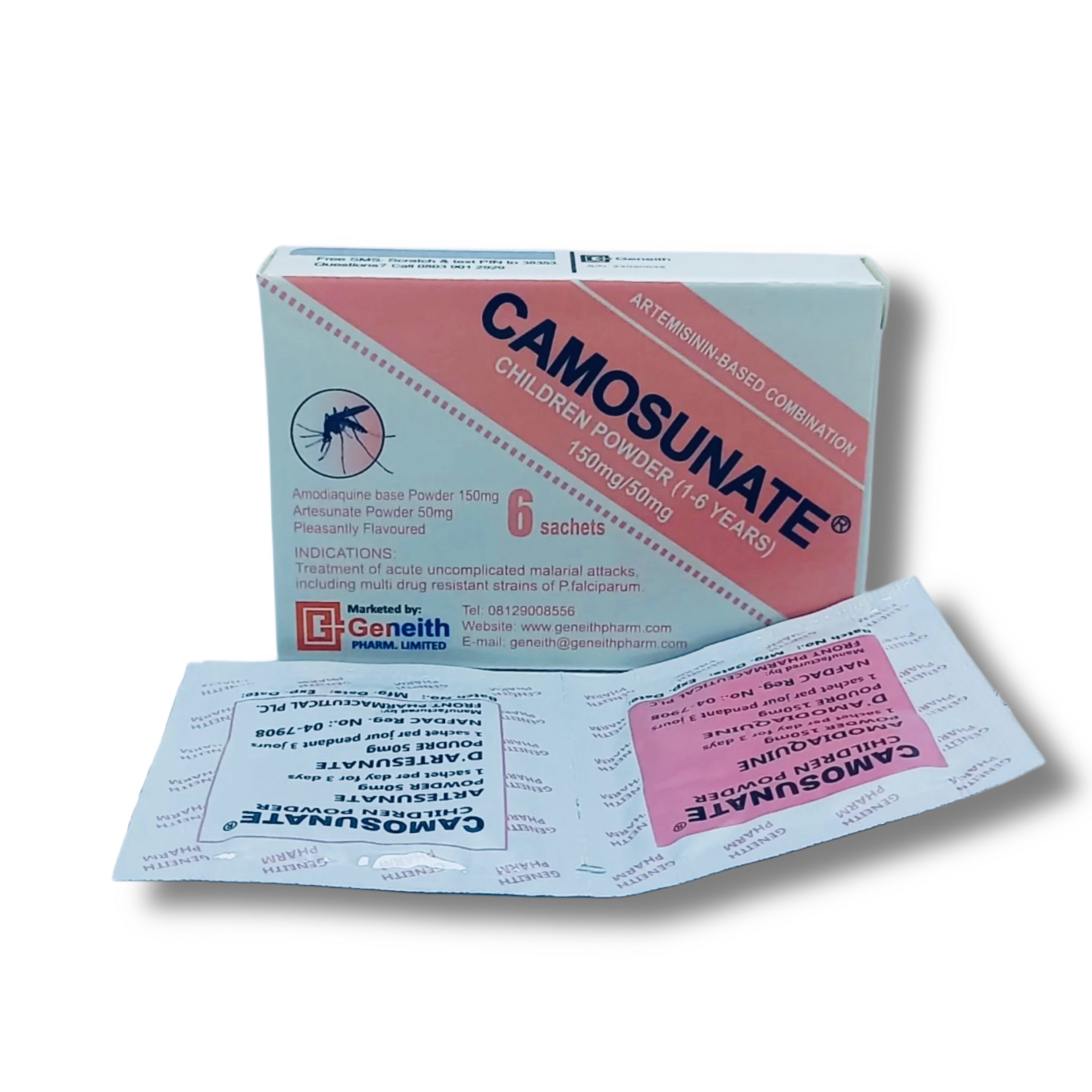
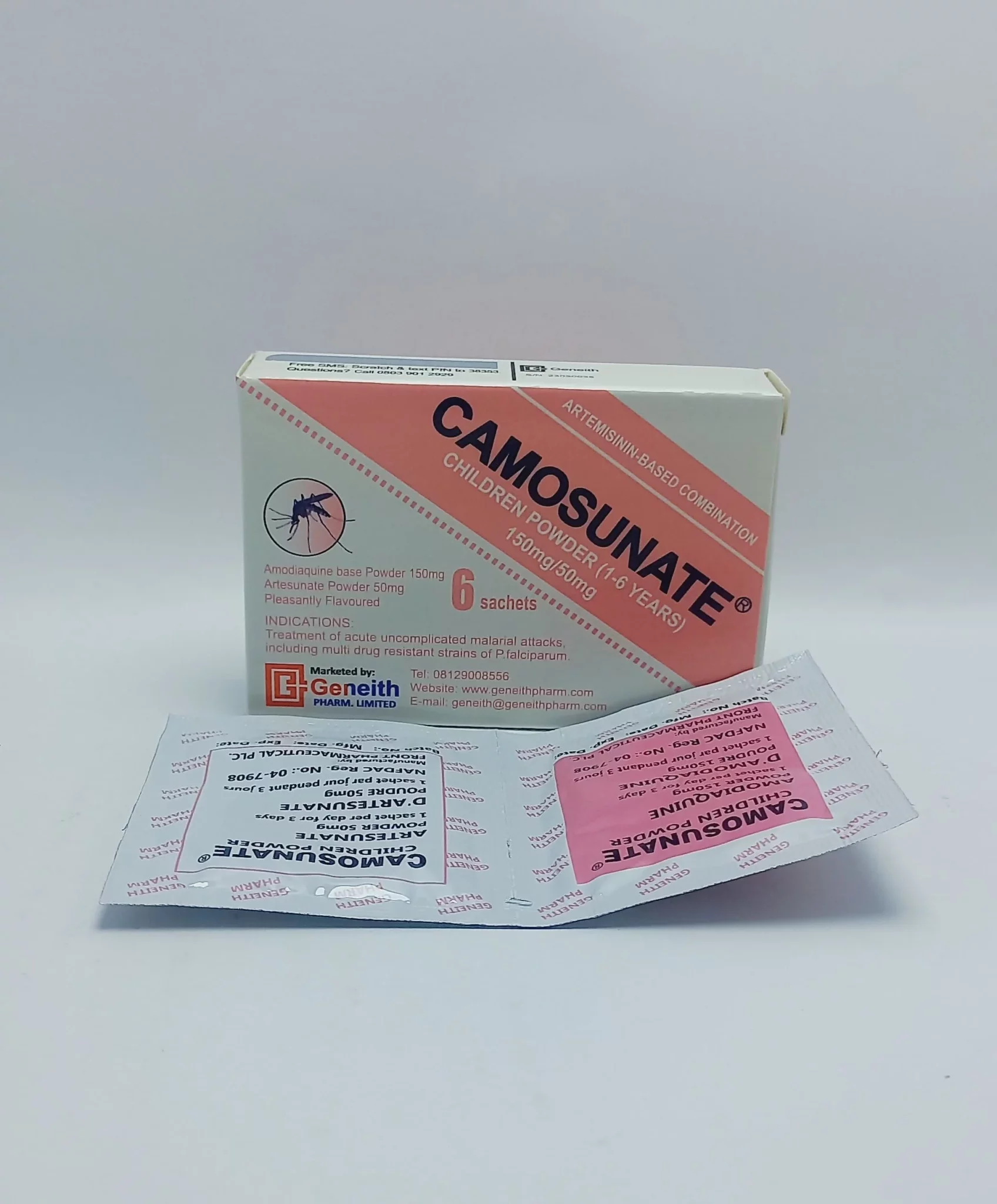


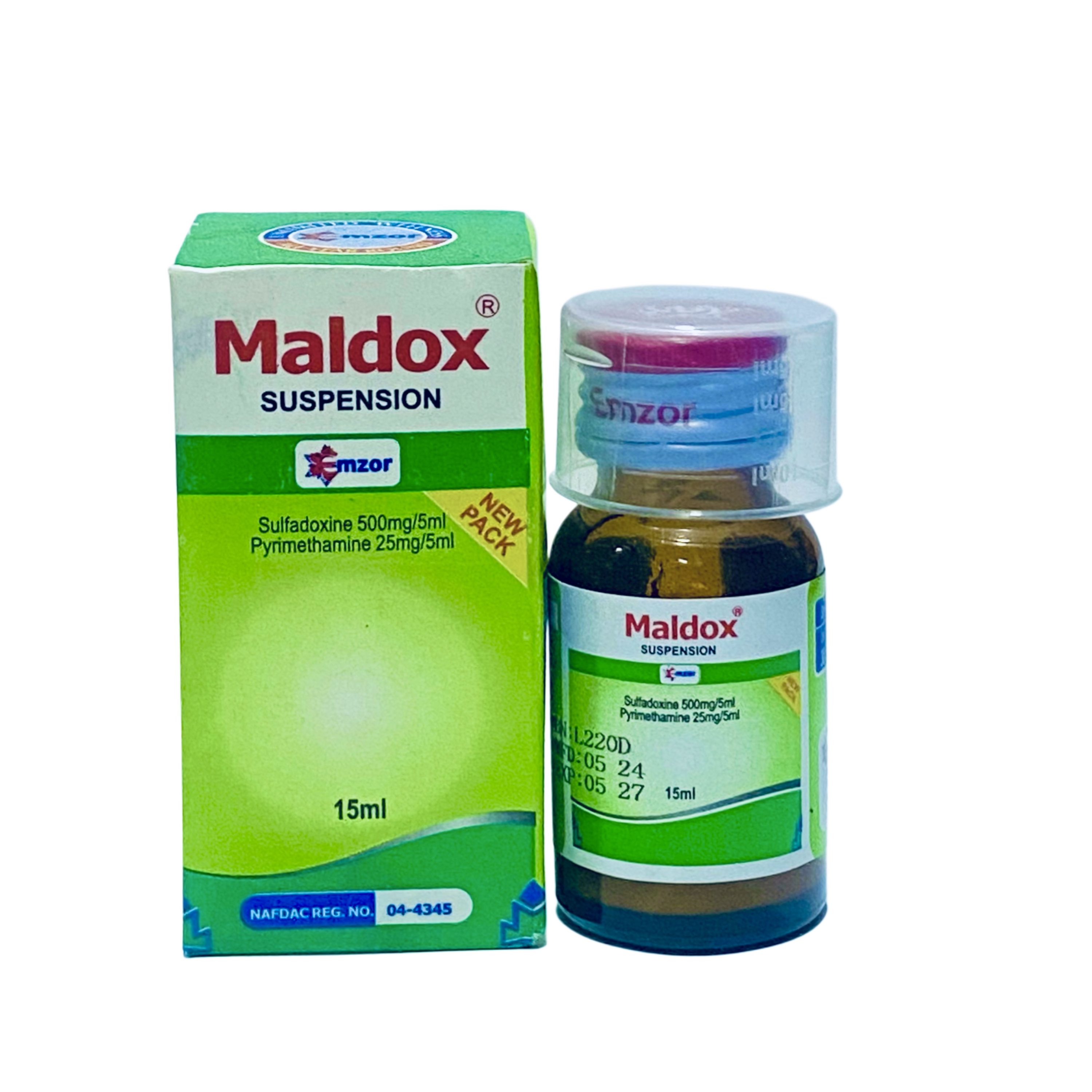


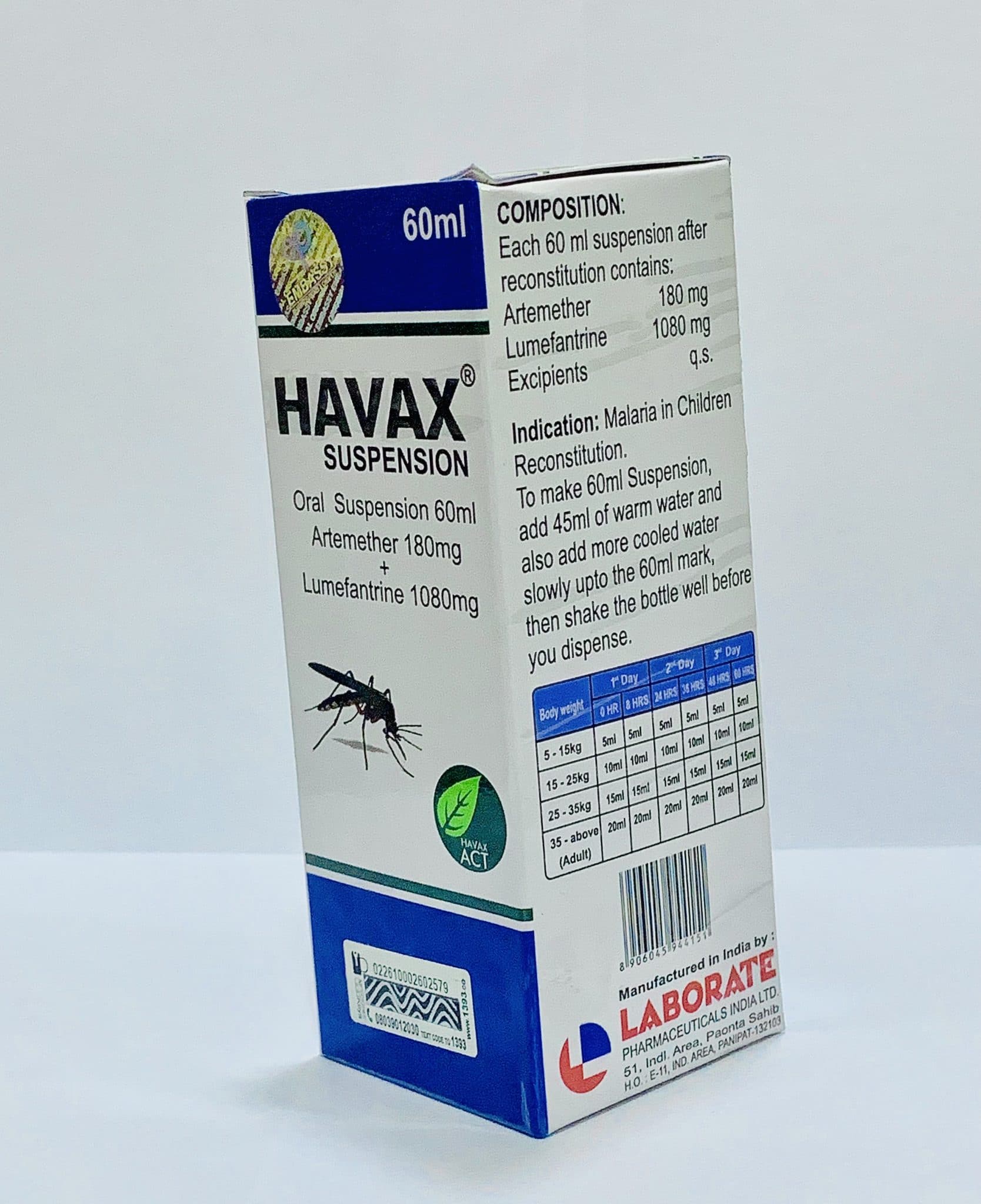
P-Alaxin should typically be taken as a single dose of three tablets at once, rather than dividing the dose throughout the day. Dividi...More
P-Alaxin should typically be taken as a single dose of three tablets at once, rather than dividing the dose throughout the day. Dividing the dose may reduce the effectiveness of the medication. It is important to follow the dosage instructions provided by your healthcare provider or those specified on the medication packaging for the best results.